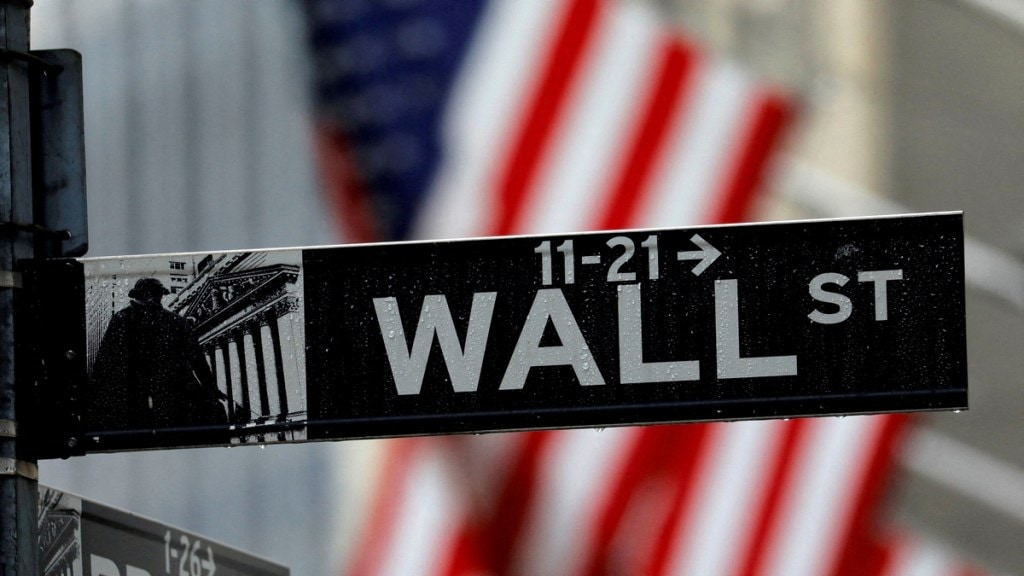By Nigel Green
Inflation is edging back, and it’s complicating the Federal Reserve’s plans. After cutting rates aggressively to spur growth, the latest data suggests the Fed may have moved too soon.
The core Personal Consumption Expenditures (PCE) index, a key inflation measure, ticked up to 2.8% in October from 2.7% in September. This isn’t an isolated uptick, it’s part of a broader trend, we believe.
With inflation proving more persistent than anticipated, the idea that it was “transitory” is fading fast. Rate cuts may have provided short-term relief, but they’ve also created conditions that now support inflation’s stubborn rise.
This leaves the Fed in a bind: cutting further would risk fuelling even higher prices, making it unlikely we’ll see any rate reductions in the near future.
For equity markets, this creates significant uncertainty. Inflation eats into corporate profits and dampens consumer spending, leading to greater volatility. Investors should prepare for choppy markets, especially in sectors that are more sensitive to price pressures. High-growth areas, like tech, could face particular challenges if rising costs hit earnings.
There’s a silver lining in the bond market, however.
Higher inflation often translates into higher yields, making bonds an attractive option. Investors seeking stability and income may find value here, especially with instruments that offer protection against inflation. In this environment, bonds are no longer just a safe haven, they’re a compelling choice for return generation.
Compounding the situation is Donald Trump’s re-election and the policy shifts that may follow. His agenda—focused on tax cuts, deregulation, and infrastructure spending—has the potential to drive growth but could also amplify inflation.
A surge in government spending without equivalent productivity gains would put more pressure on prices, forcing the Fed to maintain or even raise rates.
Geopolitical uncertainty adds further complexity. Renewed trade tensions, particularly with China, could disrupt supply chains and push costs higher.
Markets will need to account for this unpredictability, especially as global trade dynamics shift under Trump’s policies. Emerging markets, which often feel the brunt of US policy changes, may see heightened volatility as capital flows react to these developments.
In this context, inflation is a central force shaping market outcomes. The Fed’s hands are effectively tied, and monetary policy will likely remain constrained as long as inflation stays elevated.
For investors, this means recalibrating expectations. The spell of cheaper money and aggressive rate cuts is behind us, replaced by a landscape where careful allocation and strategic positioning are paramount.
As inflation continues its comeback, the focus will shift to finding opportunities that can withstand these pressures.
Fixed-income investments, real assets, and sectors with pricing power could offer resilience. At the same time, tackling the evolving macroeconomic and geopolitical landscape will be critical in identifying where true value lies.
In short, inflation’s gradual return is likely to alter the trajectory of markets. Rate cuts are off the table, we believe, and the implications of this new reality will impact equities and bonds, among other asset classes. The challenge for investors in 2025 will be adapting to this shift and positioning accordingly.
(Author is deVere Group CEO and Founder)
Disclaimer: Views, recommendations, and opinions expressed are personal and do not reflect the official position or policy of FinancialExpress.com. Readers are advised to consult qualified financial advisors before making any investment decision. Reproducing this content without permission is prohibited.

